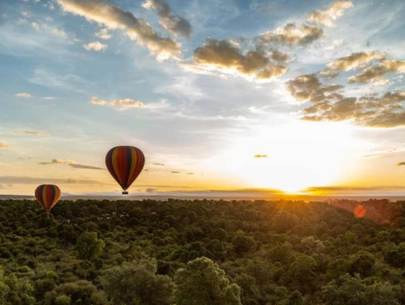If you’re considering a Tanzania safari, then the northern circuit is certainly one of the best options to consider as a starting point. This safari circuit usually includes the Serengeti National Park, the Ngorongoro Crater, and Lake Manyara National Park and/or Tarangire National Park. With exceptional game viewing in all game reserves, the northern Tanzania circuit is up there with one of the best in all of Africa.
From a logistics point of view, you can combine these national parks by driving, or flying between them. Both options give you a fantastic safari experience but one way of travel may suit you more, depending on what you are looking for, and what time of year you travel. Banner image: Lemala Nanyukie Camp, Eastern Serengeti










